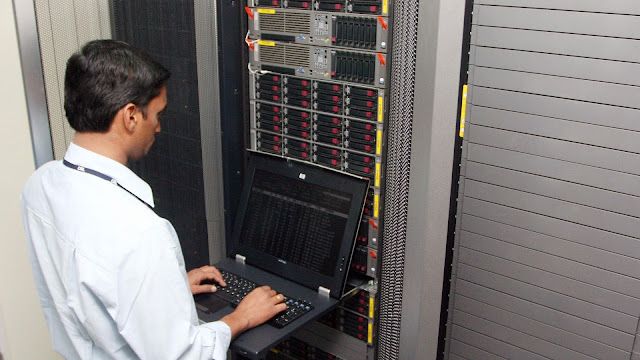Understanding the basics of Cloud Computing
Introduction
Cloud computing is the parturition of computing services—including servers, databases, software, networking, storage, intelligence, and analytics—over the Internet to provide faster invention, pliable resources, and providence of scale. We usually pay only for cloud services that we use, helping bottom your active costs, sprint your infrastructure more adeptly and scale as your business needs change.
You can also read: Data Science Course Reviews and Feedback
Common Uses of Cloud Computing
Software as a service (SaaS) permits customers to connect to and use cloud-based apps over the Internet. All of the basic framework, middleware, end-user programs, and application data are placed in the assistance provider’s data center. The assistance provider handles the software and hardware and, with the apportion service agreement, will assure the attainability and the security of the application and our data too. SaaS permits an organization to get quickly up and running with an app at a minimal upfront cost. The most common examples are email, calendaring, and Microsoft office tools (such as Microsoft Office 365).
We usually use a web-based email service such as Outlook, Hotmail, or Yahoo! Mail, then means we are already using a form of SaaS. With services like logging into our account over the Internet, usually from a web browser. The email software is placed on the assistance provider’s network, and messages are stored there, also. We can access our email and stored messages from a web browser on any computer or Internet-connected device.
You can also read: Has anyone enrolled Scalar Data Science Course currently or in the past – What is your review?
These SaaS services are also used in an organization, for that one can subscribe to productivity applications, such as email, calendaring, and collaboration, and refined business applications, such as enterprise resource planning (ERP), customer relationship management (CRM), and document management. Organizations pay some amount for the use of these apps by subscription or according to the level of service.
Conclusion
Cloud computing is a growing market with many affirmative uses of cloud computing services. Recent enterprises are rapidly transitioning to the cloud, which has become the ideal medium for testing and development, communication, storage, and software deployment. There are zero reasons why you shouldn’t incorporate cloud computing into your business today and gain a competitive advantage.



.jpg)
Comments
Post a Comment